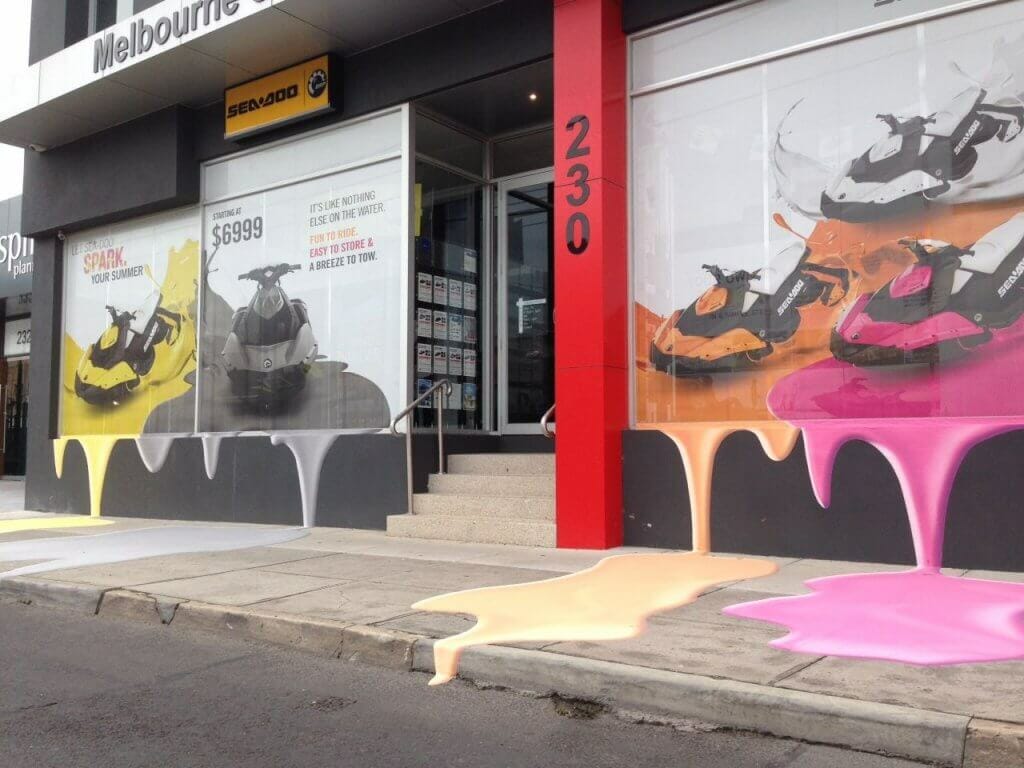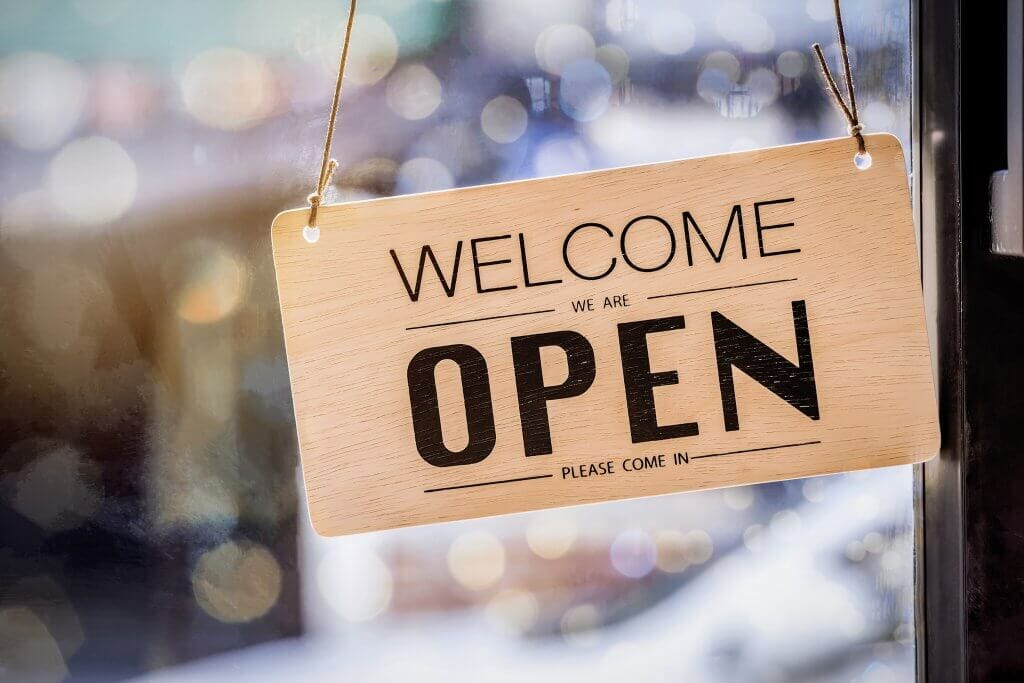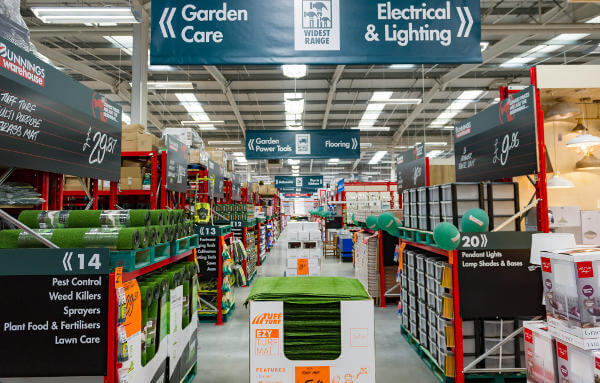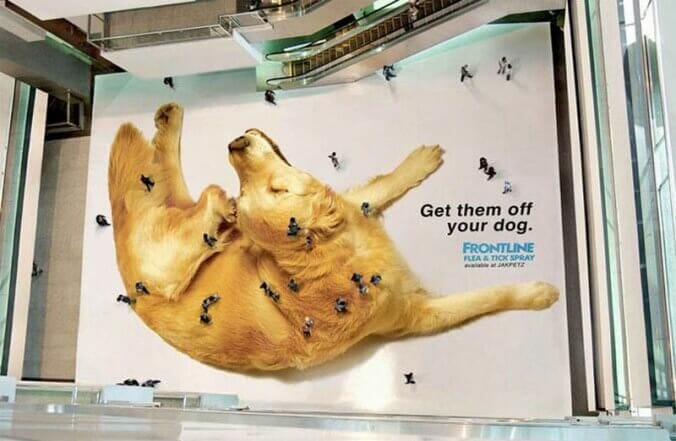A business is only as good as its branding. And branding is only as good as its visibility. That’s where fantastic business signs become essential.
Of course, products and services are the foundation of any viable enterprise, but the first challenge is to get people through the door. In a competitive and constantly evolving marketplace, you can’t give prospective customers an excuse to ignore you.
For brick and mortar outlets, success starts with business signage. So, why is it so important? And how do you know if you’re doing it right?
Business signs in numbers
A FedEx survey from 2012 revealed the following:
- 80% of consumers have entered a shop they’ve never been in before purely based on it’s signage
- 68% believe a store’s signage reflects the quality of its products and services
- 68% claim to have bought something because a sign caught their eye
- 79% remember a business based on its signage
- Offensive (70%), misspelt (63%), dirty (56%) and poor quality signs (52%) are the main deterrents for shoppers who choose not to enter
It seems a simple point, but legibility is perhaps the biggest factor in the effectiveness of your signage. In the planning phase, it’s easy to get bogged down trying to be overly cool or clever with fonts and logos.
An in-joke or motif that’s meaningful to you as a business owner might well be lost on the general public. Put yourself in the shoes of a passerby ‒ what will the sign look like when it’s emblazoned on your front window, or on the floor of a busy shopping mall?

We’re not talking about some underground nightclub. There are no points for ambiguity. The average person walking or driving past should be able to quickly discern what your business is, and what you offer.
In graphic design, as in all communication, simplicity is key. If you want your signage to have any semblance of longevity, hand the reins to an experienced designer.
The eyes have it
As humans, we make thousands of decisions each day. But the most frequent decision, as it were, is largely unconscious ‒ the small matter of where to look.
Our eyes shift approximately three times per second. That’s well over 100,000 times a day during waking hours. Even when we think we’re focused on one spot, our eyes are making rapid micro movements to take in our surroundings and provide context. Our peripheral vision is also far more sophisticated than it’s given credit for.
What this means in a practical sense is, if your signage can grab attention from afar, you’re a long way to winning the battle. If it follows up with clear messaging when looking directly at it, all the better.
The bottom line is that people are often stressed, distracted and short on time ‒ especially when they’re making purchasing decisions. Good signage gets us where we’re going.

At the other end of the spectrum, poor or absent signage has a direct impact on revenue. Customers might not even bother to enter your shop in the first place. If they do, chances are they’ll waste time trying to orient themselves and either leave without purchasing, or choose not to return.
The art of wayfinding
Beyond branding and visual appeal, your signage must be functional. That is, it should tell people where to go (politely, of course).
Think of wayfinding as spatial problem-solving. From a commercial perspective, it’s the art of helping people to first find then navigate your business. The aim is to provide the most essential information in its clearest and most digestible form.
Browsing a shop or warehouse should be intuitive, such that anyone off the street is guided to where they need to be. Not everything is a giant one-way labyrinth like IKEA for example, but there should be an element of funnelling regardless of the shop’s scale.

People want to know where to go. Anxiety is rarely more palpable than when we’re feeling lost and helpless. By making the shopping experience as painless as possible, you increase the chance of repeat business.
Aside from anything else, when signs aren’t clear, it wastes the time of staff having to give directions when they could be better utilised helping to complete transactions. This causes queues and customer frustration, leading many to walk out without buying anything at all.
Types of business signs
Signage is by no means a one-size-fits-all solution. The location and nature of your store determines what signage will be most effective.
Vehicle signage (magnets and decals) is a no-brainer for company vehicles. Teardrop banners (aka wind flags) are a vibrant outdoor option along driveways, footpaths or parking space, while A-frame signs provide interchangeable solutions.
Window decals/window frosting is a great way to liven up shopfronts and entice foot traffic through the door. Floor graphics can help anticipate customer queries and keep them following the right trail.

Whatever space you occupy, there are countless possibilities.
Questions to ask yourself
Once again, it seems simplistic, but considering these points goes a long way to solving your signage snafu:
- Can your signage be seen from the road?
- What condition is it in? (Does it require restoration or replacement?)
- Do you think it reflects the brand and products/services offered?
- Does your business operate in the evening? If so, is the signage legible in the dark (e.g. lighting, backlighting)?
- In the case of multiple sections of your business (parking lot, levels, aisles etc.) is the path clear and intuitive for first-time visitors?
To learn more about suitable business signs for your store, check out Kwik Kopy’s extensive offerings and request a free quote.
Image Sources
https://www.pinterest.com.au/pin/489907265705290322/
http://www.123inspiration.com






